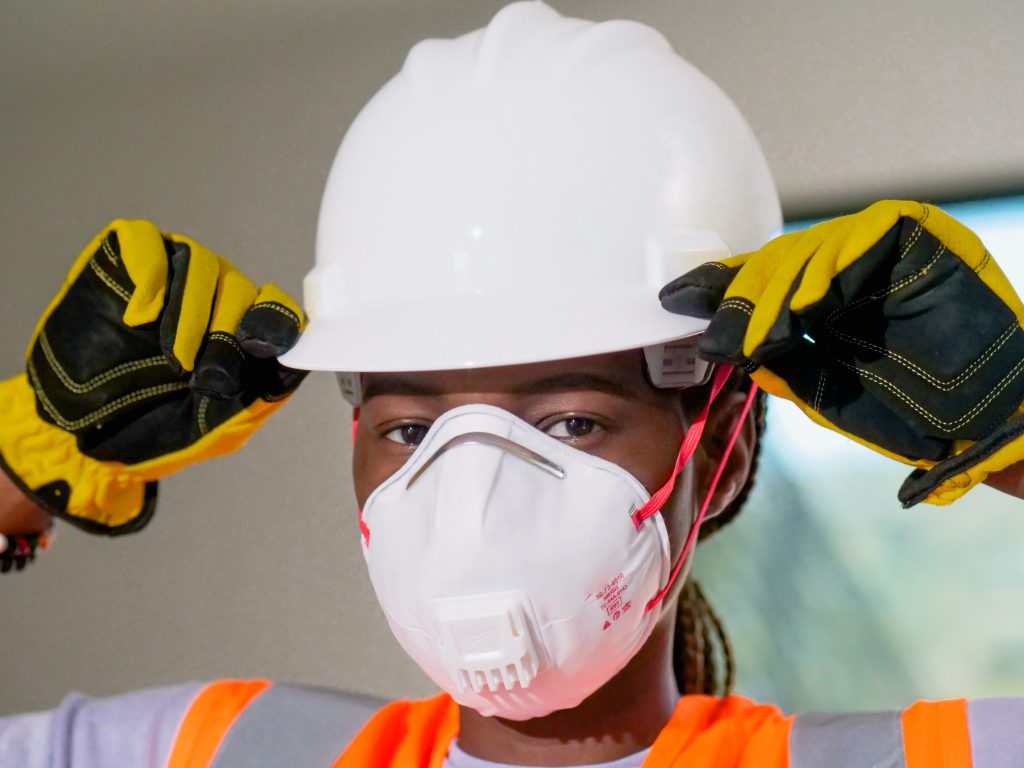OSHAs Classification of Personal Protective Equipment (PPE); A Complete Guide
OSHAs Classification of Personal Protective Equipment (PPE) When it comes to ensuring safety the Occupational Safety and Health Administration (OSHA) plays a role, in protecting employees from different hazards. Personal Protective Equipment (PPE) is a component of safety but comprehending how OSHA classifies PPE and the specific regulations that apply can sometimes be confusing. In this article we will break down OSHAs classification of PPE explore recommended and required PPE and take an in depth look at OSHAs guidelines for gloves. Lets navigate through the intricacies of OSHAs standards for PPE.
Understanding How OSHA Classifies PPE
Personal Protective Equipment (PPE) encompasses a range of equipment and clothing designed to safeguard employees from hazards present in the workplace. OSHA categorizes PPE based on the types of hazards they protect against. The primary categories include;
Head Protection
Head protection comprises hats and helmets that play a role in shielding workers from falling objects, electrical hazards and head injuries across different industries.
Eye and Face Protection
Eye and face protection involve safety glasses and face shields which’re essential, for preventing eye injuries caused by flying debris, chemicals or radiation.
Protection, for Breathing
In work environments where employees may come into contact with substances, gases or dust it is important to use respiratory protection devices such as masks and respirators.
Safeguarding Hearing
To prevent hearing loss in workplaces it is crucial to use hearing protection like earplugs and earmuffs.
Shielding Hands
Hand protection involves the use of gloves that are specifically designed to protect workers from hazards such as chemicals, cuts and burns.
Safety for Feet and Legs
This category encompasses boots and safety shoes that provide defense against falling objects, electrical hazards and other foot related dangers.
Guarding the Body
Items like coveralls, vests and full body suits are included in this category to shield employees from chemical exposure, temperatures and other risks.

PPE Recommendations by OSHA
OSHAs Classification of Personal Protective Equipment (PPE)
While OSHA offers guidelines and suggestions for using equipment (PPE) it’s important to note that these recommendations are not mandatory but highly recommended. Employers should assess workplace hazards thoroughly. Provide PPE based on their findings. Generally recommended PPE includes;
Protecting the Eyes
Wearing safety glasses with side shields
Using goggles for safeguarding against chemical splashes
Protection, for Breathing
N95 masks are used to protect against particles while gas masks are designed for chemical exposure. When it comes to hand protection it is important to have chemical gloves, for handling substances and cut resistant gloves for sharp tools and objects.
According to OSHA regulations certain types of equipment (PPE) are required in specific workplace situations. For instance in industries where fallsre a risk, such as construction employers must provide fall protection equipment like harnesses and lifelines. In environments with noise levels that surpass permissible limits employers must supply hearing protection. Additionally when employees face hazards that cannot be effectively controlled appropriate respirators should be provided.
OSHA has outlined guidelines for the usage of gloves as a part of PPE;
Gloves should be chosen based on the chemicals or hazards present in the workplace.
Employees need to receive training, on how to use, remove and dispose of gloves.
Before using gloves it is important to inspect them for any damage. When dealing with substances the gloves should be resistant, to the specific chemicals being handled.
OSHA has implemented a standard known as PPE (Personal Protective Equipment) that includes regulations, requirements and guidelines for employers to adhere to. It is crucial for employers to familiarize themselves with these standards in order to ensure compliance and importantly safeguard the safety and well being of their employees.
Some key elements of OSHAs PPE standard include;
Employers must assess the hazards in the workplace in order to determine the PPE.
Employees must receive proper training on how to correctly use PPE.
PPE should always be kept clean and reliable.
Employers are responsible for ensuring that employees wear the appropriate PPE.
To sum up OSHA plays a role in promoting safety by categorizing recommending and regulating Personal Protective Equipment. It is essential for both employers and employees to have an understanding of OSHAs standards and guidelines regarding PPE in order to establish a work environment.
Frequently Asked Questions (FAQs);
- Does OSHA mandate employers to provide all types of PPE?
No OSHA requires employers to provide types of PPE based on the hazards, in their particular workplace. The selection of PPE should be determined through a hazard assessment. - Do employees have to wear the recommended equipment (PPE)?
While wearing recommended PPE is not compulsory it is strongly encouraged, for the safety of employees. Employers should evaluate workplace hazards. Provide PPE accordingly. - What happens if OSHAs PPE standards are not followed?
Not adhering to OSHAs PPE standards can lead to penalties for employers. Increase the risk to employee safety, including injuries and illnesses. - How often should one inspect PPE for any damage?
It is important to inspect PPE for damage before every use. If any damage is detected the PPE should not be. Must be replaced. - Where can I obtain information on OSHAs guidelines regarding protective equipment?
You can access information about OSHAs protective equipment standards on their official website or, by referring to OSHA guidelines and publications.





Leave a comment